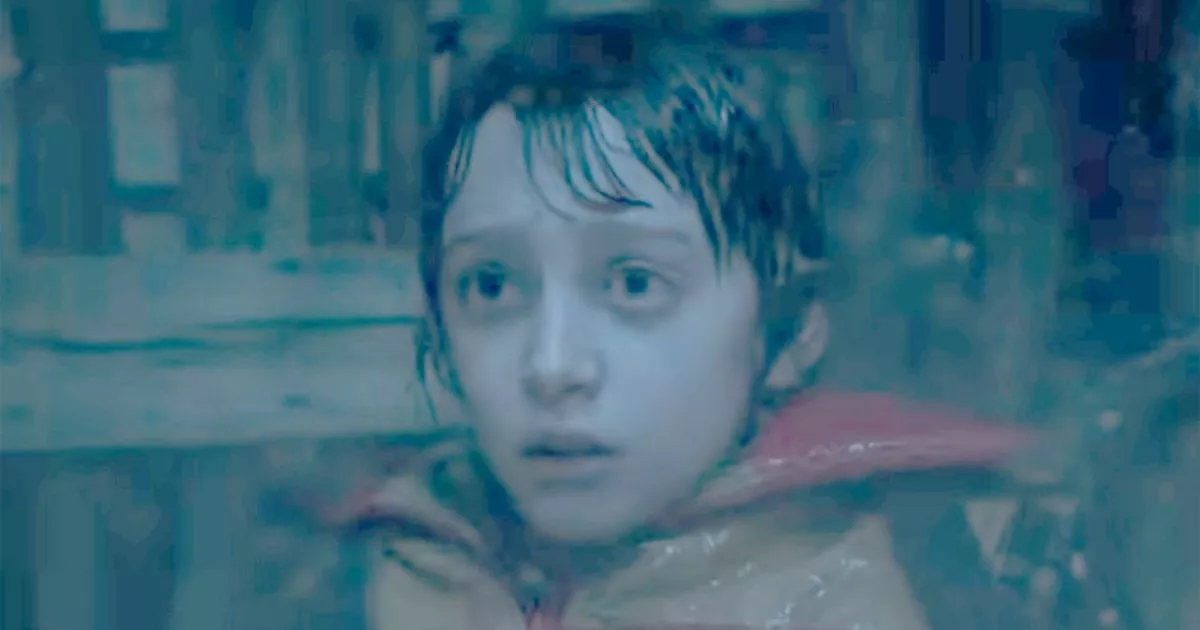Many Stranger Things fans are curious about the new cast member taking on an iconic role of Will Byers
WARNING: This article contains spoilers from Stranger Things season 5, Volume 1
Netflix has dropped Stranger Things season five, volume one and fans have already binged through the four episodes and are eagerly awaiting more after they were left on a sensational cliffhanger with lots of fan theories now circulating, particularly about Vecna (played by Jamie Campbell Bower).
Stranger Things season five, volume two will be dropped on Netflix UK and Ireland on Boxing Day (December 26) at 1am and volume three arrives on New Year ’s Day 2026 (January 1, 2026).
However, many fans are curious about one new cast member in the show, who replaced Noah Schnapp as Will Byers for a flashback in the first five minutes of season five, after noticing the recasting of Holly Wheeler.
Here’s the lowdown on the child star who portrays the young version of the character.
READ MORE: Stranger Things fans only just learning hidden meaning behind Hellfire Club’s nameREAD MORE: Stranger Things star addresses Marvel rumours with cryptic four-word response
Who plays young Will Byers in Stranger Things?
Rising child star Luke Kokotek takes on the mantle of Will in the flashback, where he is hiding from the demogorgon in Castle Byers in the Upside Down before being taken to Vecna.
The American child star with Czech heritage was born in Chattanooga, Tennessee to teacher and actress Mary Miles Harrelson.
He is the youngest of five siblings with two older brothers and two older sisters, all of whom are actors.
He started off appearing in plays written by his sisters, but his first screen role came at the tender age of five when he starred in an episode of HBO’s The Righteous Gemstones as a rural mountain boy.
Since then, he’s featured in various movies and short films with a focus on the horror genre.
Watch Stranger Things on Netflix for free with Sky

Sky is giving away a free Netflix subscription with its new Sky Stream TV bundles, including the £15 Essential TV plan.
This lets members watch live and on-demand TV content without a satellite dish or aerial and includes hit shows like Stranger Things.
Some of his credits include 115 Grains, Game of Heirs, Scared to Death, If the Creek Don’t Rise and Winter Psalm.
Most recently, he appeared in the Netflix TV series After Frozen, Triplet Sons Regret.
According to a bio on IMDb, Kokotek enjoys riding his bike, gaming, riding his scooter and hoverboard. He’s also a keen beekeeper alongside his mother.
The up-and-coming actor has shared some photos from the LA premiere of Stranger Things season five, where he donned a red suit with a demogorgon brooch made by one of his sisters.
In one Instagram post, Kokotek wrote: “…in awe of what’s in front of me.”
Kokotek’s casting is similar to child actress Martie Blair, who took on the role of Young Eleven from Millie Bobby Brown back in Stranger Things season four for the flashbacks to the Hawkins Lab Massacre.
Actress Brown helped coach Blair for the emotional scenes to help her with the pivotal scenes.
Brown’s face was superimposed onto Blair’s body with the actress performing similar expressions and the two being melded together.
Speaking to Deadline about the process of working with Kokotek for season five, Schnapp admitted he leaned on his co-star Brown for guidance.
He went on to tell the outlet: “It was fun to step into those director shoes that we don’t really get the chance to do on the show.
“And think introspectively and reflectively of how I act and how I did act and move and breathe and turn and look and kind of relay that onto this little kid, who was so cute. It was a fun experience.”
Adding: “It’s a little digital-looking. It’s hard to make it look perfect, but it turned out pretty well.”
Stranger Things season 5, volume 2 is released on Netflix UK and Ireland on Boxing Day (December 26) at 1am











